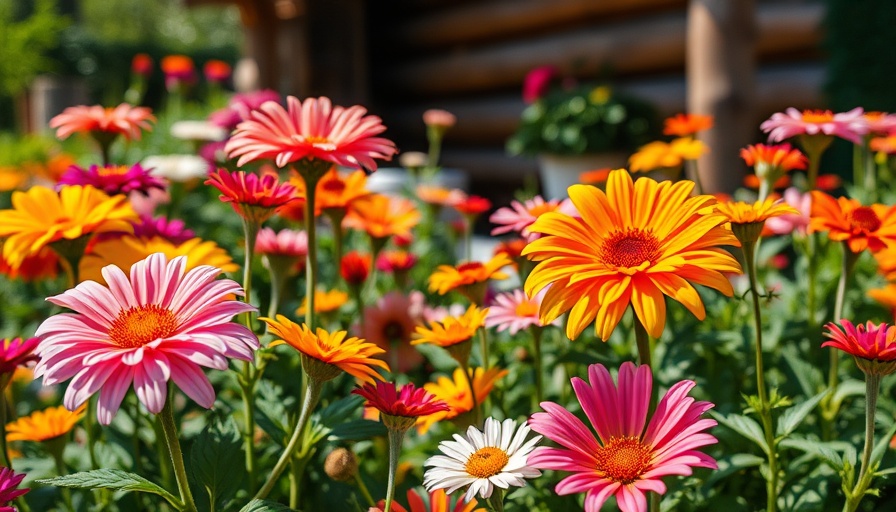
SEO Keyword: Saving Insect Populations
Headline_H1: Saving Insect Populations: Eight Simple Ways to Make a Big Impact
Insect numbers are on the decline, a pressing issue highlighted by recent surveys indicating a staggering 63% drop in bug splatters in the UK since 2021. As the foundation of our ecosystems, insects provide critical services including pollination, pest control, and soil health enhancement. This raises a crucial question: what can we, as individuals, do to turn this trend around? Here are eight impactful strategies that not only support these vital creatures but also enhance our gardens.
Turn Off Unnecessary Lights at Night
One surprising way to help insects is by being mindful of our nighttime lighting. Artificial light can disrupt insect navigation, making it harder for them to find food and mates. According to research, approximately one-third of insects drawn to artificial lights perish. Simple actions like turning off lights, using timers, or shading windows can greatly reduce light pollution's negative impact.
Leave Leaves and Let Grass Grow
When it comes to garden maintenance, less is often more. Leaving decomposing leaves on the ground provides essential habitats for various insect species, including bees, butterflies, and beetles. Research indicates that raking leaves can significantly diminish spider populations by up to 67%. Embracing a more natural garden environment by allowing branches and logs to rot can provide much-needed shelter and nutrition for these creatures.
Grow Pollinator-Friendly Plants
One of the most effective ways to support insect populations is by planting native flowers that are attractive to pollinators. A simple rule - the 3 x 3 x 3 method - suggests planting three native flowering species for each of the three growing seasons: spring, summer, and fall. This approach ensures a consistent food source for pollinators year-round and bolsters biodiversity.
Provide Water Sources
Moreover, as global temperatures rise and droughts become more frequent, providing accessible water sources becomes vital for insects. Simple additions like birdbaths can offer crucial hydration to struggling insect populations, improving their chances of survival in challenging climates. Remember, even the tiniest water source can be a lifeline for bees and butterflies.
Embrace Pesticide Alternatives
The use of chemical pesticides can have devastating effects on beneficial insect populations. Opting for organic gardening methods or natural pest control solutions not only protects insects but also cultivates a healthier garden environment. With the growing popularity of eco-friendly products, now is the time to explore alternatives that effectively manage pests without harming pollinators.
Participate in Citizen Science Initiatives
Engaging in local citizen science projects can further contribute to the understanding and preservation of insect populations. Platforms like The Bugs Matter initiative offer opportunities for individuals to contribute data about bug sightings, which can aid in formulating policies and conservation efforts aimed at reversing the decline of insect populations.
Support Local Farms and Biodiversity
Buying locally sourced produce not only supports your community but also promotes farming practices that prioritize biodiversity. Many local farmers adopt sustainable practices that benefit insect populations, creating a healthier local ecosystem overall. Seek out farmers' markets or community-supported agriculture programs to connect with your local food system.
Educate and Advocate for Policy Change
Lastly, education is vital. Sharing knowledge about the importance of insects with friends and family can build awareness and inspire collective action. Advocating for policies that protect insect habitats, such as pesticide regulations or habitat restoration initiatives, can also contribute significantly to reversing the trend of insect decline.
As we adopt these measures, we not only aid insect populations but also enrich our gardens and local environments, creating a harmonious balance between nature and our activities. Let’s take these simple steps together to improve the chances for our vital insect allies.
 Add Row
Add Row  Add
Add 




Write A Comment